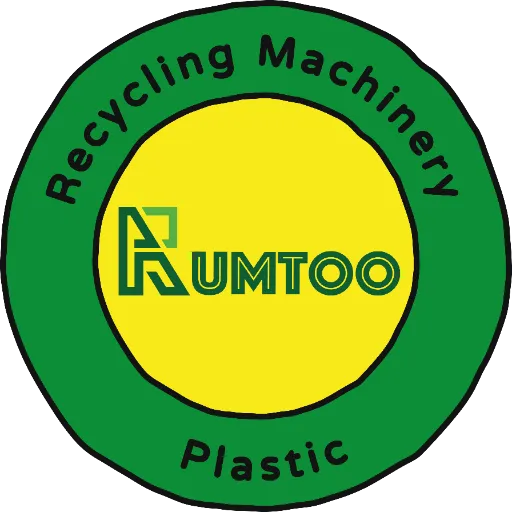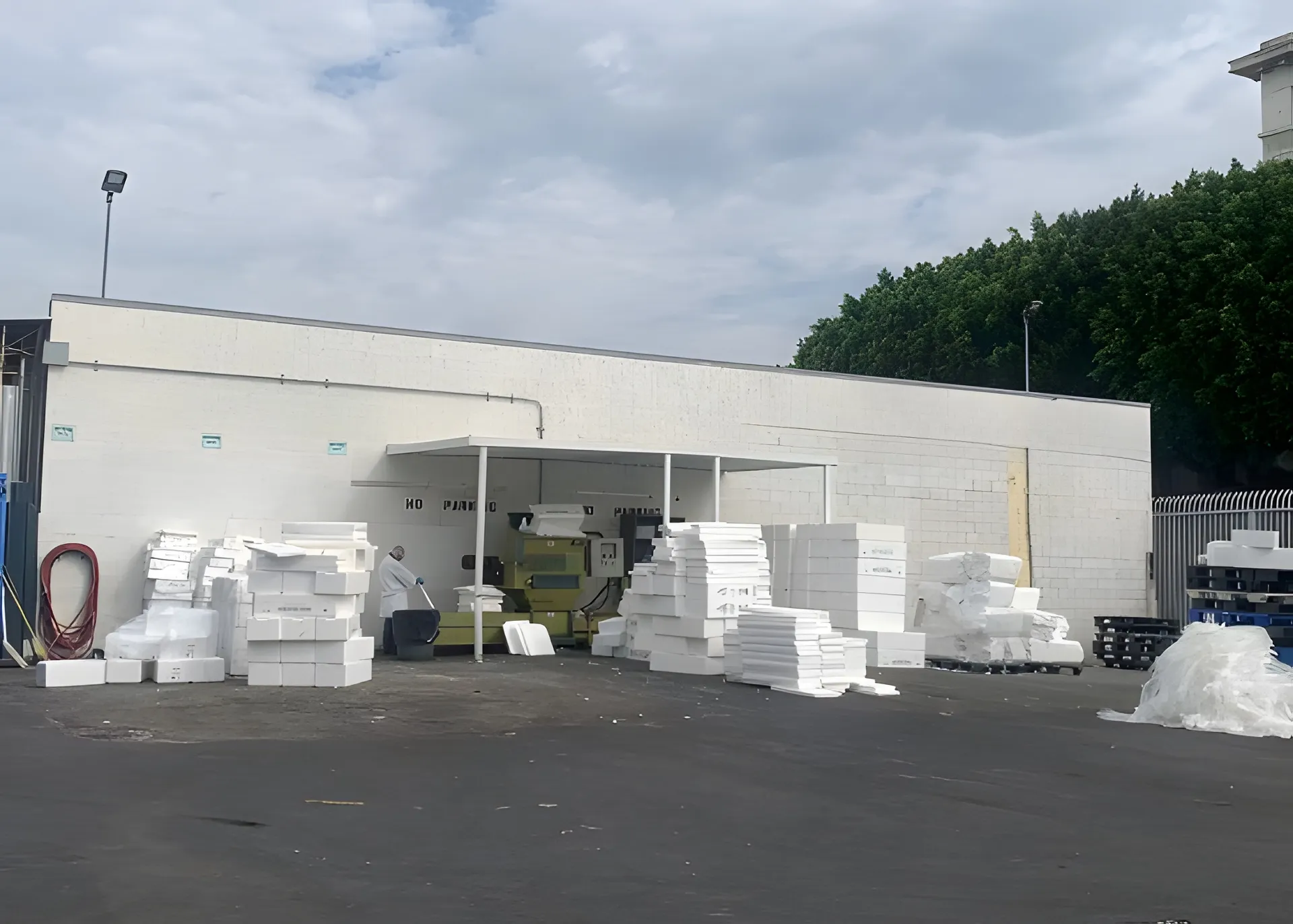Every time you pick up a plastic item, you’ll likely spot the familiar symbol of three arrows forming a loop—the universal recycling icon. This symbol often comes with a number inside it, representing the resin identification code, which categorizes the type of plastic. While the symbol evokes thoughts of environmental stewardship, suggesting that your plastic water bottle could have a second life, it’s not as straightforward as it seems.
The reality is that this symbol doesn’t guarantee your plastic item will be recycled. In fact, only about 9% of global plastic waste is actually recycled. The problem isn’t just about consumer habits; the entire plastic recycling system is flawed. Recycling plastic is an expensive and resource-heavy process, profitable only under specific conditions, like high demand for recycled products and access to large recycling facilities. Even if you meticulously sort your plastics, your local recycling center might still send them to a landfill.
In this guide, we’ll explore the different types of plastics, how to handle them, and the major challenges facing the recycling industry.
PET or PETE, #1
Polyethylene terephthalate (PET), marked with a 1, is the star of the recycling world. Found in soda bottles, water bottles, and containers for a wide range of products, PET is lightweight, easy to clean, and widely recycled. It’s the most recycled plastic globally, but even then, only about 30% of plastic bottles make it to the recycling bin.
However, PET’s recyclability doesn’t mean it’s sustainable. Many PET bottles aren’t turned into new bottles but are instead “downcycled” into lower-quality products that can’t be recycled again. Even when PET is recycled into new bottles, the plastic degrades after a few cycles, limiting its reuse.
HDPE, #2
High-density polyethylene (HDPE), marked with a 2, is another commonly used plastic found in sturdy containers like milk jugs, detergent bottles, and shampoo bottles. It’s also used in thinner products, such as plastic bags and cereal box liners. HDPE is highly recyclable, and efforts are being made, especially in places like France, to recycle large amounts of post-consumer HDPE and return it to the packaging industry.
PS, #6
Polystyrene, marked with a 6, is known for being lightweight and brittle, making it ideal for products like egg cartons, take-out containers, and disposable cups. However, its very properties make it tough to recycle. Expanded Polystyrene (EPS), commonly known as Styrofoam, is especially problematic due to its tendency to break into tiny, polluting pieces. Despite its prevalence, Styrofoam is nearly impossible to recycle and takes up a significant amount of landfill space.
PP, #5
Polypropylene (PP), marked with a 5, is highly recyclable, though it’s not always accepted in curbside recycling programs. This plastic is found in a variety of products, but recycling it can be tricky, with challenges like color contamination affecting the quality of the recycled material. Innovations are emerging to improve PP recycling, potentially expanding its use in consumer products.
LDPE, #4
Low-density polyethylene (LDPE), marked with a 4, is used in items like plastic bags, cling film, and some lids. LDPE recycling varies widely depending on your location, so it’s essential to check with your local recycling program. Due to China’s 2018 ban on importing plastic waste, many recycling facilities are struggling to manage LDPE.
PVC, #3
Polyvinyl chloride (PVC), marked with a 3, is used in pipes, vinyl flooring, and bottles for automotive products. While PVC is durable and long-lasting, it’s difficult to recycle due to the harmful chemicals it contains. Recycling PVC requires careful handling to avoid contaminating other recyclable materials, and it should never be sent to landfills.
Other, #7
Plastics labeled with a 7 are a mixed bag, covering everything from CDs to automotive parts and toys. This category also includes biodegradable plastics made from materials like corn starch, which aren’t recyclable but can be composted. For items marked with a 7, it’s best to check with your local recycling program for specific instructions.
Conclusion
While most plastics can technically be recycled, practical limitations often mean only certain types are accepted by local programs. Codes 1, 2, and 5 are generally recyclable, while codes 3, 4, 6, and 7 require more caution and often depend on local recycling capabilities. To ensure you’re recycling correctly, always check the resin codes on your plastic products and consult your local recycling guidelines.

